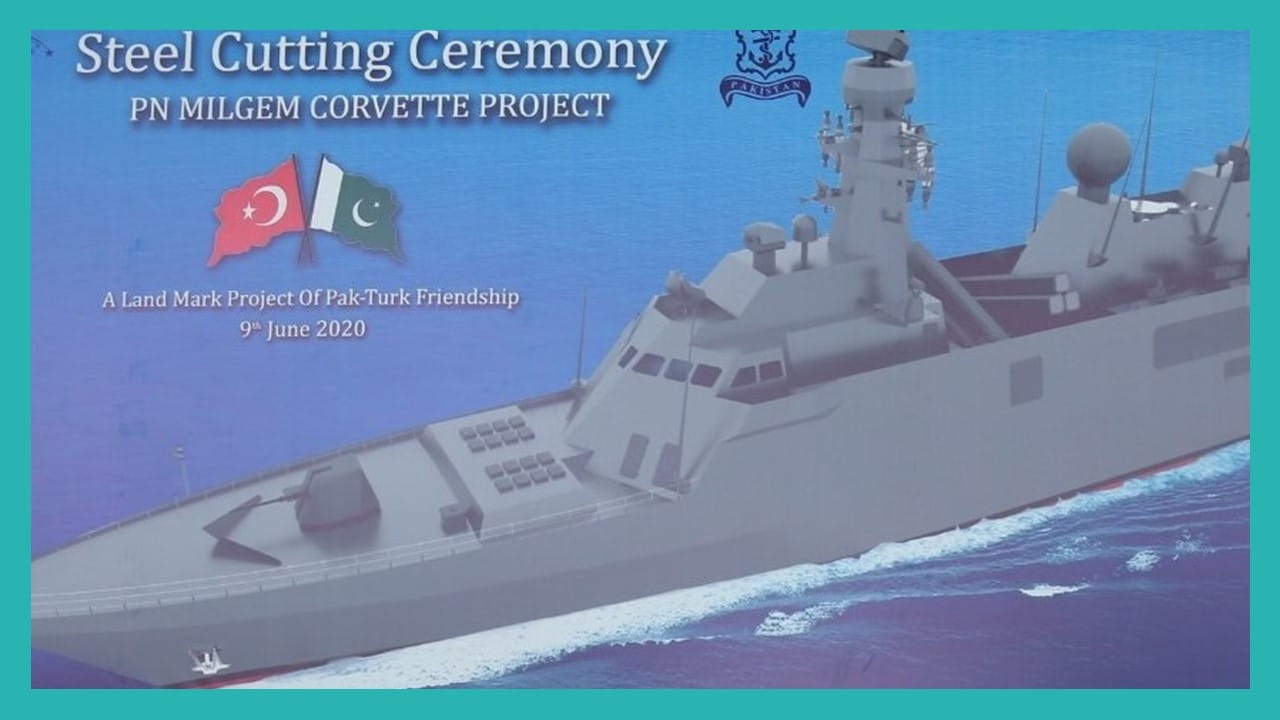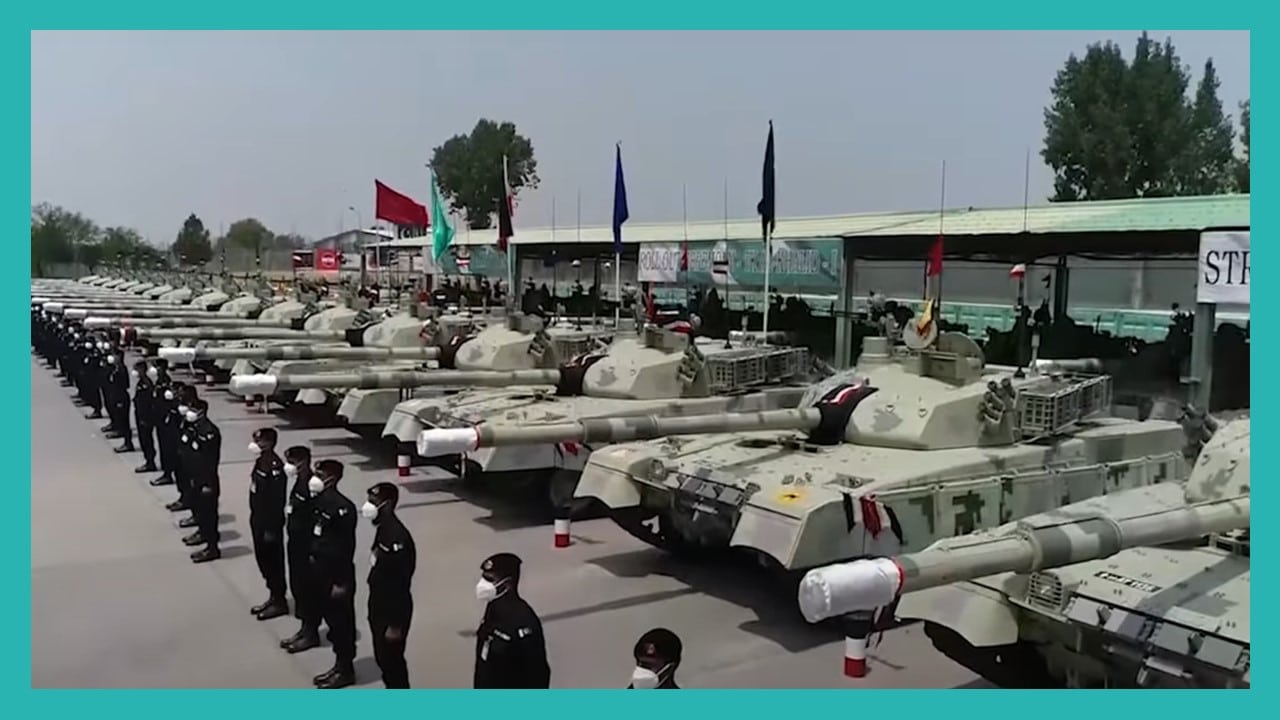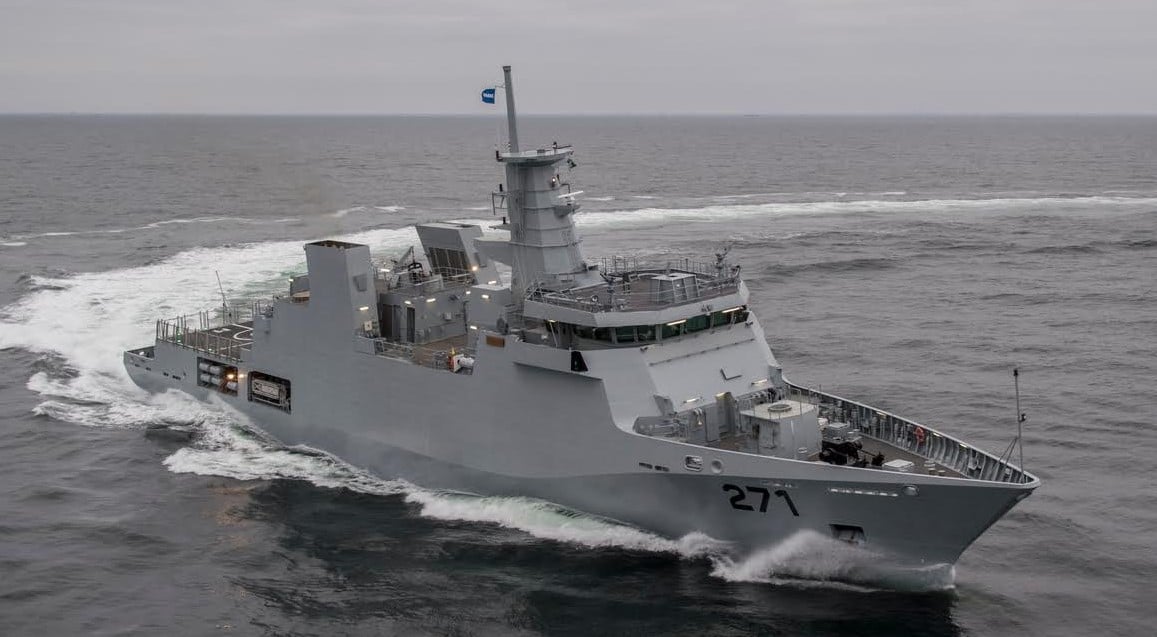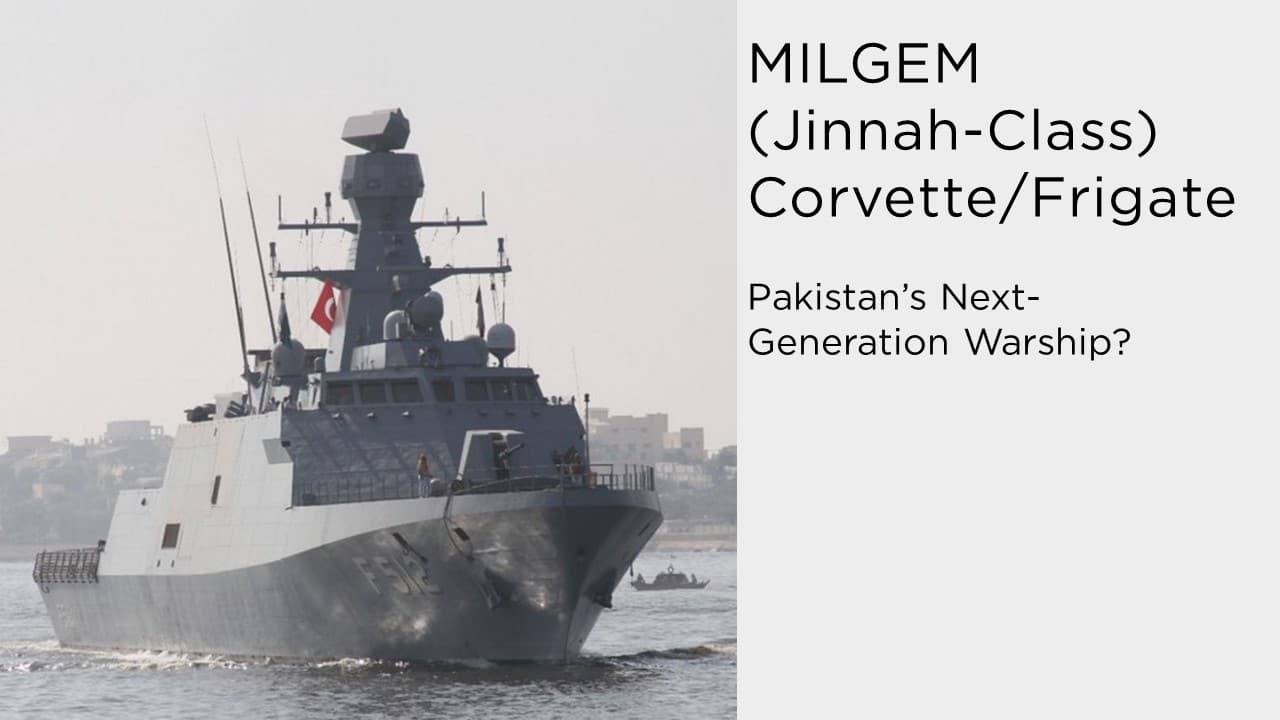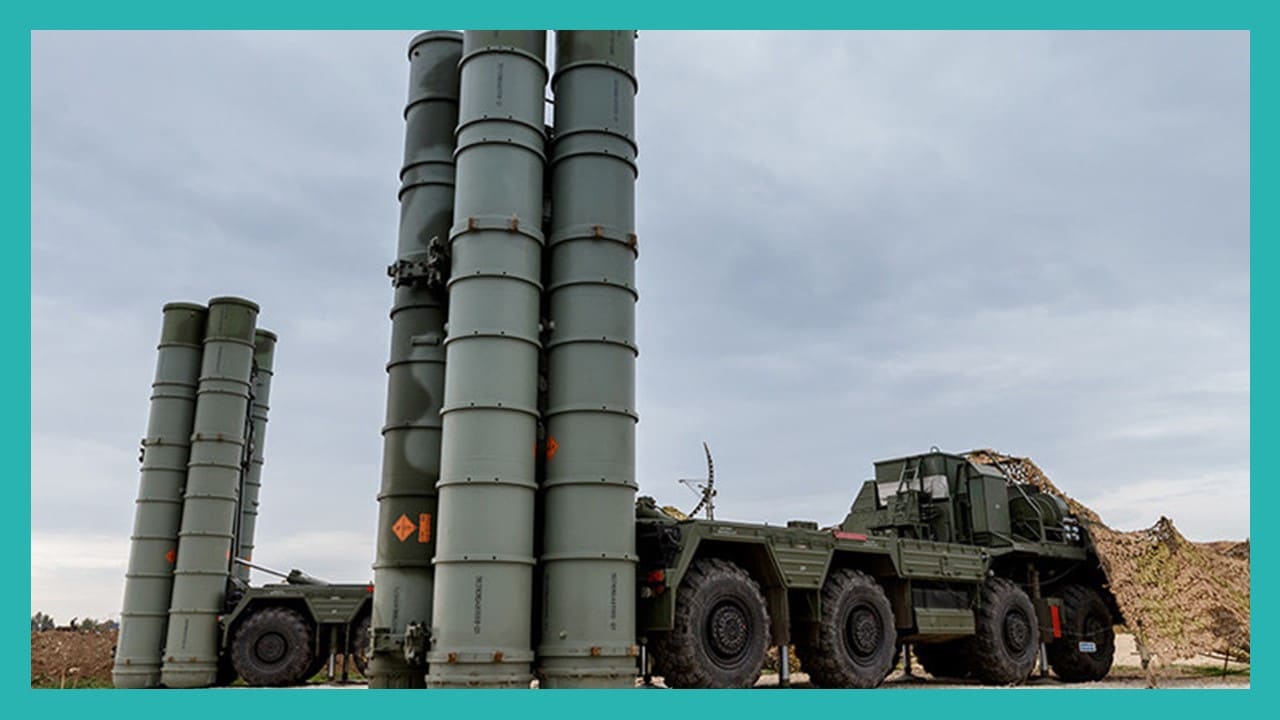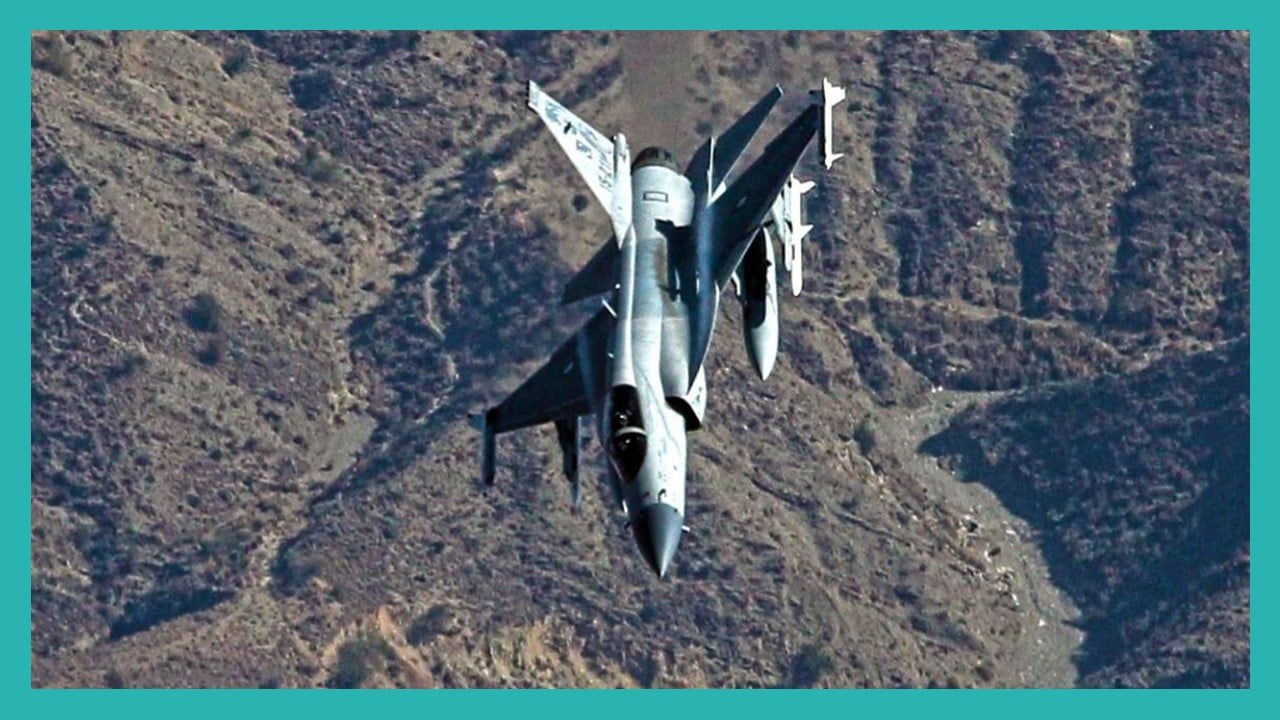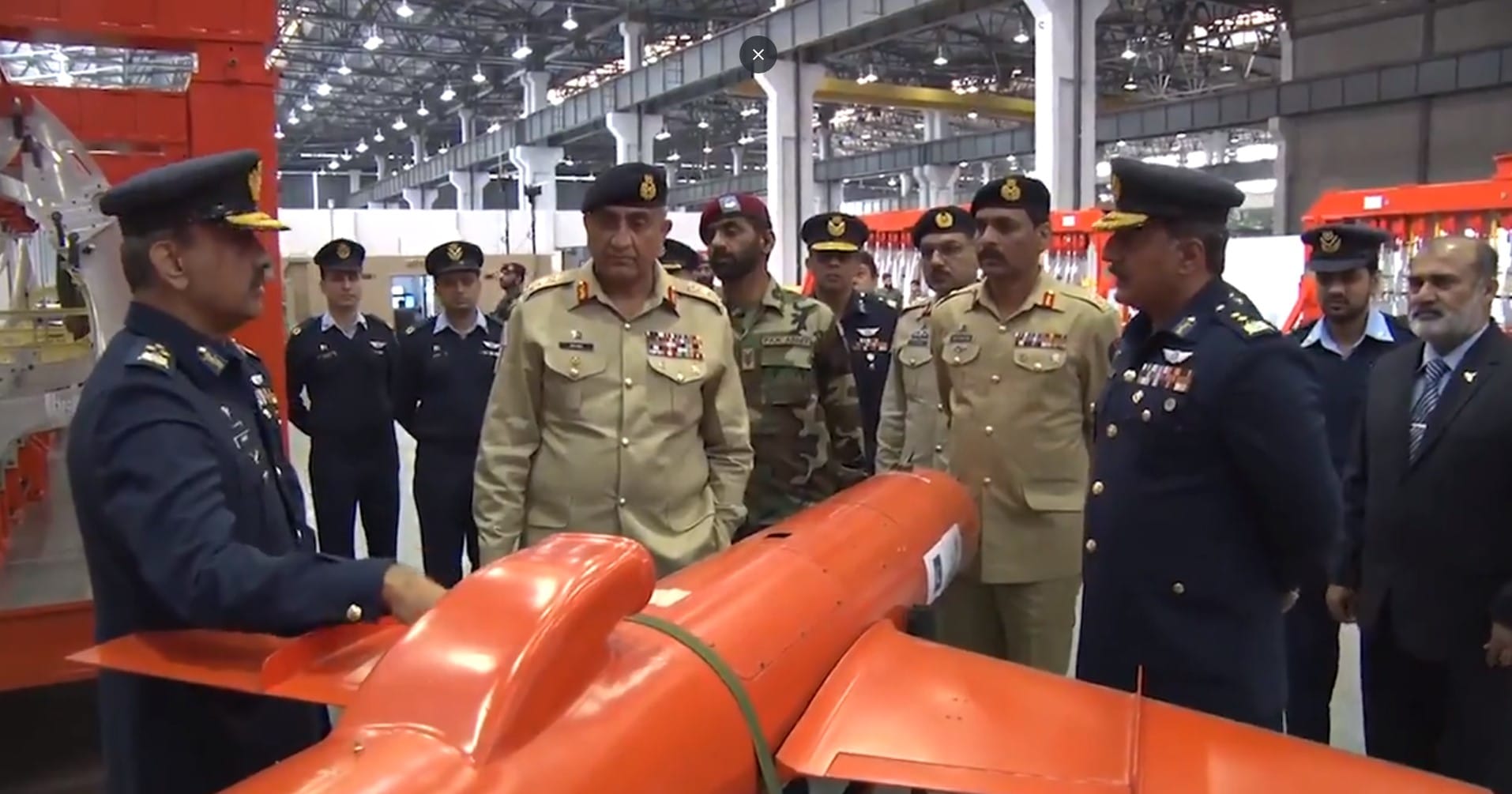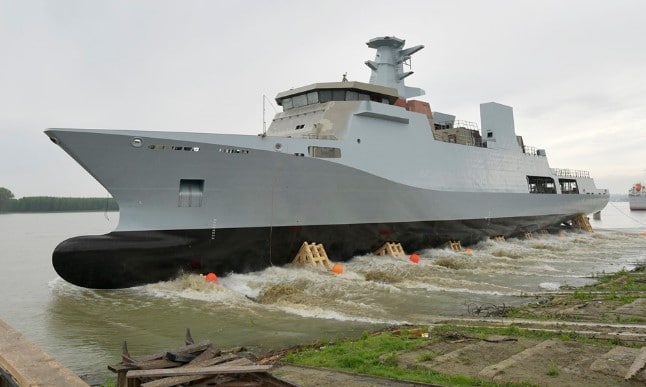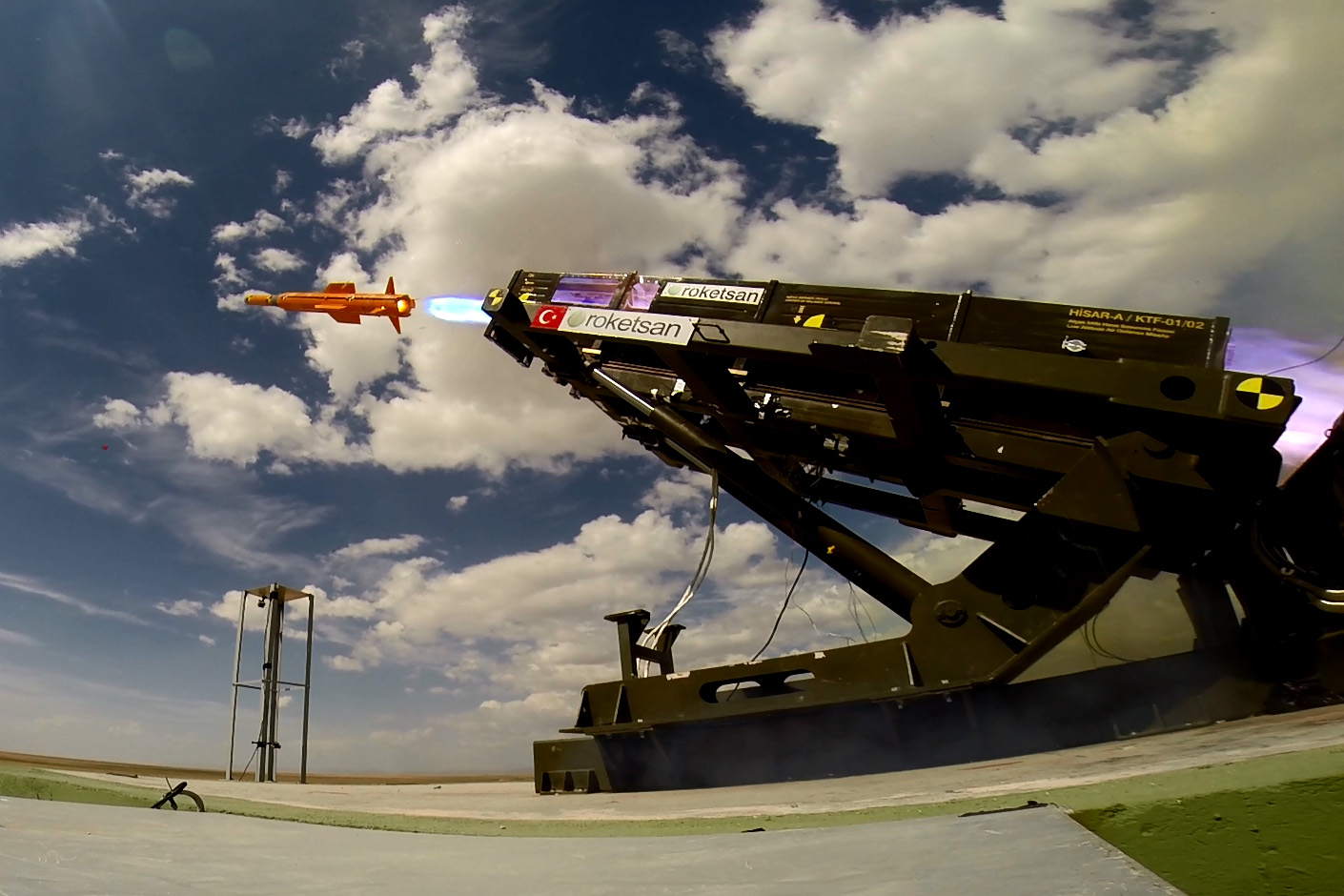By Arslan Khan
In July 2018, Pakistan inked a contract with Turkey’s Military Factory and Shipyard Corporation (i.e., ASFAT A.Ş.) for four MILGEM corvettes for the Pakistan Navy (PN).[1]
In addition to acquiring a heavily customized version of the MILGEM, Pakistan will also gain…
